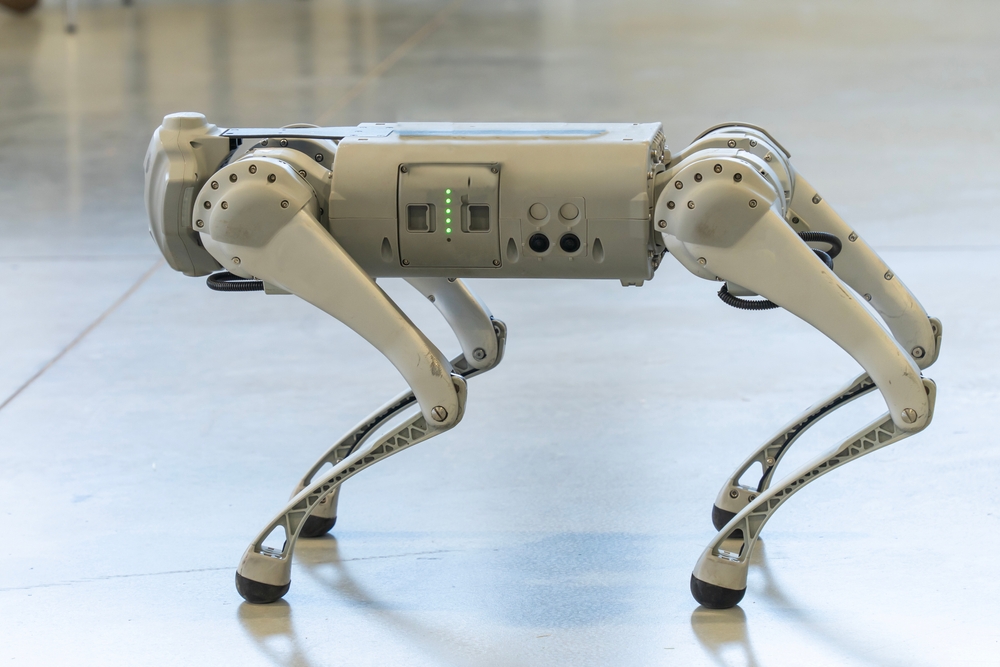The CyberDog, equipped with a sophisticated machine learning model trained on over 1,100 images of fire ant nests, has demonstrated remarkable efficacy in field tests. According to Eduardo Fox, a postdoctoral researcher at the State University of Goiás and the study’s corresponding author, the robot outperforms human inspectors by identifying three times more nests with greater precision. This efficiency is crucial, as locating fire ant nests manually is labor-intensive and often challenging due to the pests’ elusive nature.
Addressing the Fire Ant Threat
RIFA, known for its destructive impact on ecosystems and agriculture, poses a significant global threat. Introduced accidentally to the U.S. in the 1930s, these ants have spread across continents, displacing native species and damaging crops. Traditional control methods, which typically involve pesticides, can harm local wildlife and ecosystems. The CyberDog aims to offer a more targeted approach by precisely identifying nests, potentially reducing the need for broad pesticide use.
Training and Testing the CyberDog
The research team utilized Xiaomi’s CyberDog robot, programming it to interact with fire ant nests by pressing them with its front paw. This interaction triggers the ants to emerge aggressively, helping distinguish active nests from abandoned ones. The robot’s detection system boasts a precision rate of over 90%, a significant advancement in pest management technology.
Challenges and Future Prospects
Despite its success, the CyberDog faces challenges in scaling up. Battery life is currently limited to about 30 minutes, and the cost of these robots remains high. Zheng Yan from Lanzhou University acknowledges these hurdles but remains optimistic about future cost reductions and improvements in battery technology.
The study’s findings could significantly influence pest control strategies and public awareness. As Zheng Yan points out, “Robot dogs not only offer a glimpse into advanced pest management but also capture public interest, raising awareness about the dangers of invasive fire ants.”
For more details on this innovative approach, visit the full article on Techxplore.
